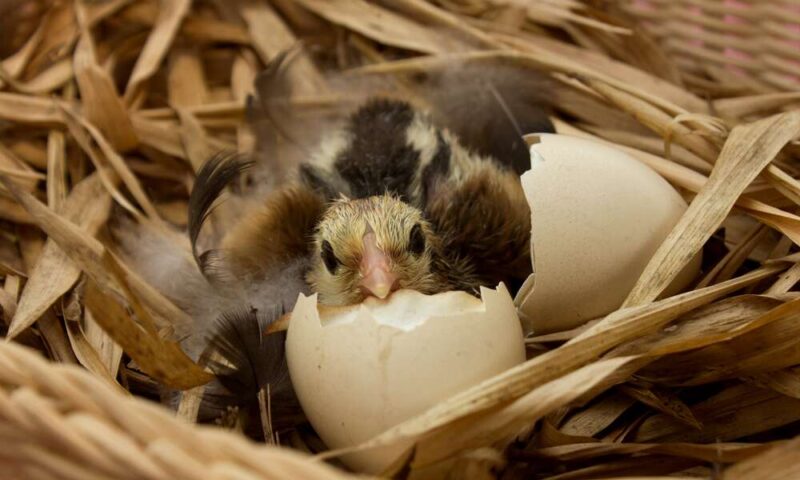
What Goes Into Changing Your Association’s Name
Making the decision, choosing a new name, communicating the change to members and the public: Learn how the Audubon Naturalist Society became Nature Forward.
Your association will go through changes as it evolves—and someday, that might include its name.
Nature Forward, a Washington, DC-based nonprofit previously known as the Audubon Naturalist Society, rolled out its inclusion-minded name change in October. But years of decision making and research preceded the call—positioning it effectively to its membership and the public, said Vince Robinson, the organization’s marketing and communications director.
“It wasn’t a knee-jerk thing,” he said. “It’s kind of a natural development, almost 10 years of a journey to becoming more inclusive.”
Here’s how the process worked out for Nature Forward.
The Reasoning
Two key factors drove the group’s shift to Nature Forward. First, the team wanted to improve its emphasis on diversity and inclusion to better serve its membership. The second reason, related to the first, reflected a cultural shift in how people regard the famed birder, artist, and naturalist John James Audubon after it became more widely known that Audubon was a slave owner.
This is a challenge a lot of Audubon societies are facing. Part of the problem, Robinson explained, is that even with his controversial past, Audubon is a “strong brand” tied both to birding and nature. “So I can understand some reticence to change in terms of that,” he said.
Still, Robinson said, “as more came to light about some of John James Audubon’s beliefs and the fact that he owned enslaved persons, it just was not consistent with the direction that we wanted to go.”
The Decision-Making Process
While the organization had been leaning in this direction for years, the nomenclature decision was ultimately given to the board. A task force helped organize surveys of members and public supporters.
“Based on all the research they had done, all the opinions that they had received, they decided to change the name,” Robinson said.
The final decision also had to be put in front of members, which took another year.
“We just couldn’t unilaterally change the name, even though we had done all the work and research behind it. We still needed members to sign off on it,” he added.
Choosing the Name
The decision to go with Nature Forward wasn’t an obvious one. The organization ran through 100 names before finding one that matched its mission.
Working with a branding consultant to help drive the process, the organization did research into its values and how members perceived the society. Sometimes, even the smallest of name changes have large implications.
“We needed to figure out, before we started looking at names, who we are as an organization, what we needed that name to represent—and that required an assessment, a real understanding of what people thought they knew about us,” Robinson said.
It was important to consider legal and practical aspects, he said. Names had to have clean trademarks and available social media handles and domain names.
“You will find there are so many things you didn’t think about in terms of legally changing your name,” he said. The logistical issues shaped the name, Robinson said, as they pushed the organization toward a moniker that didn’t immediately scream “yes,” but that didn’t have the trademark issues of some other choices.
“The name fit—but I have to say, when we saw that name on the list, that one didn’t pop out,” he said. Nature Forward rose to the top because it hit all of the messaging points the group wanted to make.
Communicating the Change
While the long decision-making process meant that many members were aware of what was changing, the process still required a lot of communication. Some of that was internal.
“There was also the challenge of deliberating a name behind the scenes and doing it in a way that was genuine, that we truly understood we needed the members to buy into this,” Robinson said.
The organization rolled out the shift slowly to members and smaller groups to get their thoughts on the name and new logo. The group officially announced the name change at its annual meeting this fall.
Managing the Response
While some were skeptical about the change, the group has largely been pleased with the response, which has better positioned it for a new generation.
“It was definitely mostly positive, which was good,” Robinson said. “And we were nervous about that, mainly because this is a 125-year-old organization. Many of our members are a little bit older, and they’ve been with the organization for decades in many cases.”
Going forward, Robinson says it’s important to understand that hiccups will arise—say, old branding that crops up on T-shirts—but he recommended having compassion toward your challenges.
“Allow yourself some ‘new name forgiveness,’” he said. “Once the name has changed, there are going to be some mistakes.”
(jaranya/iStock/Getty Images Plus)






Comments